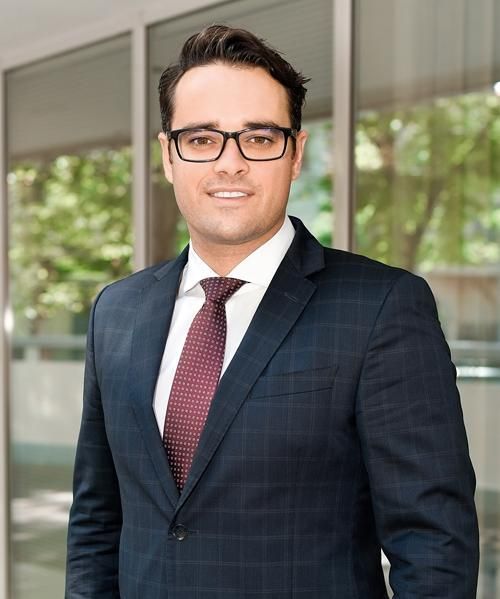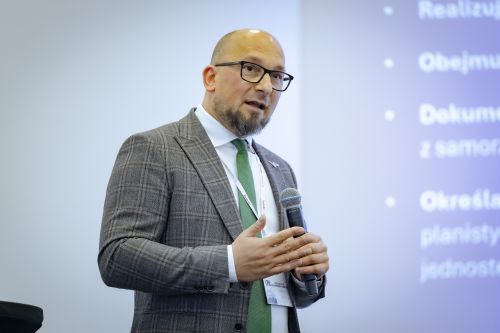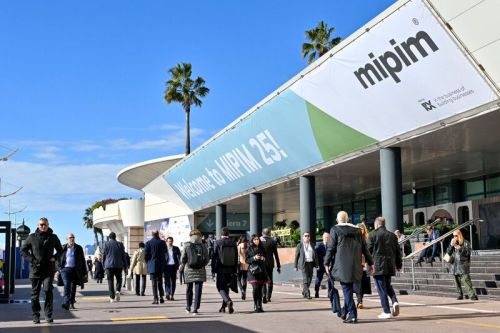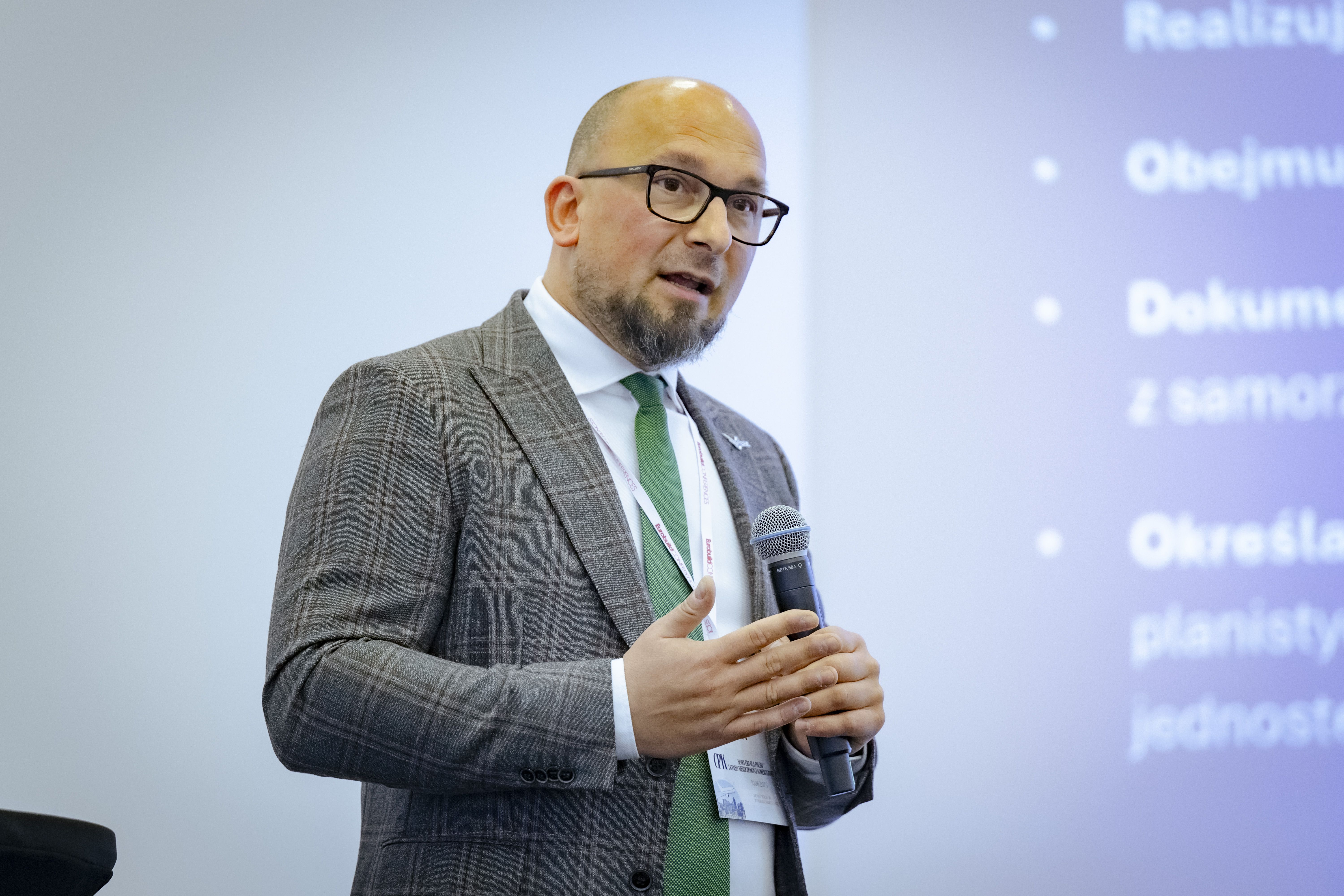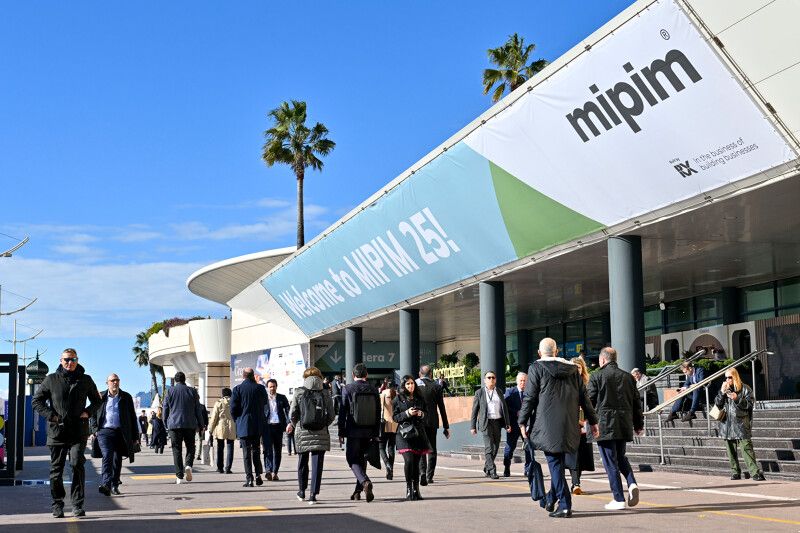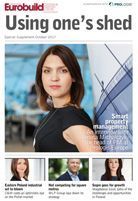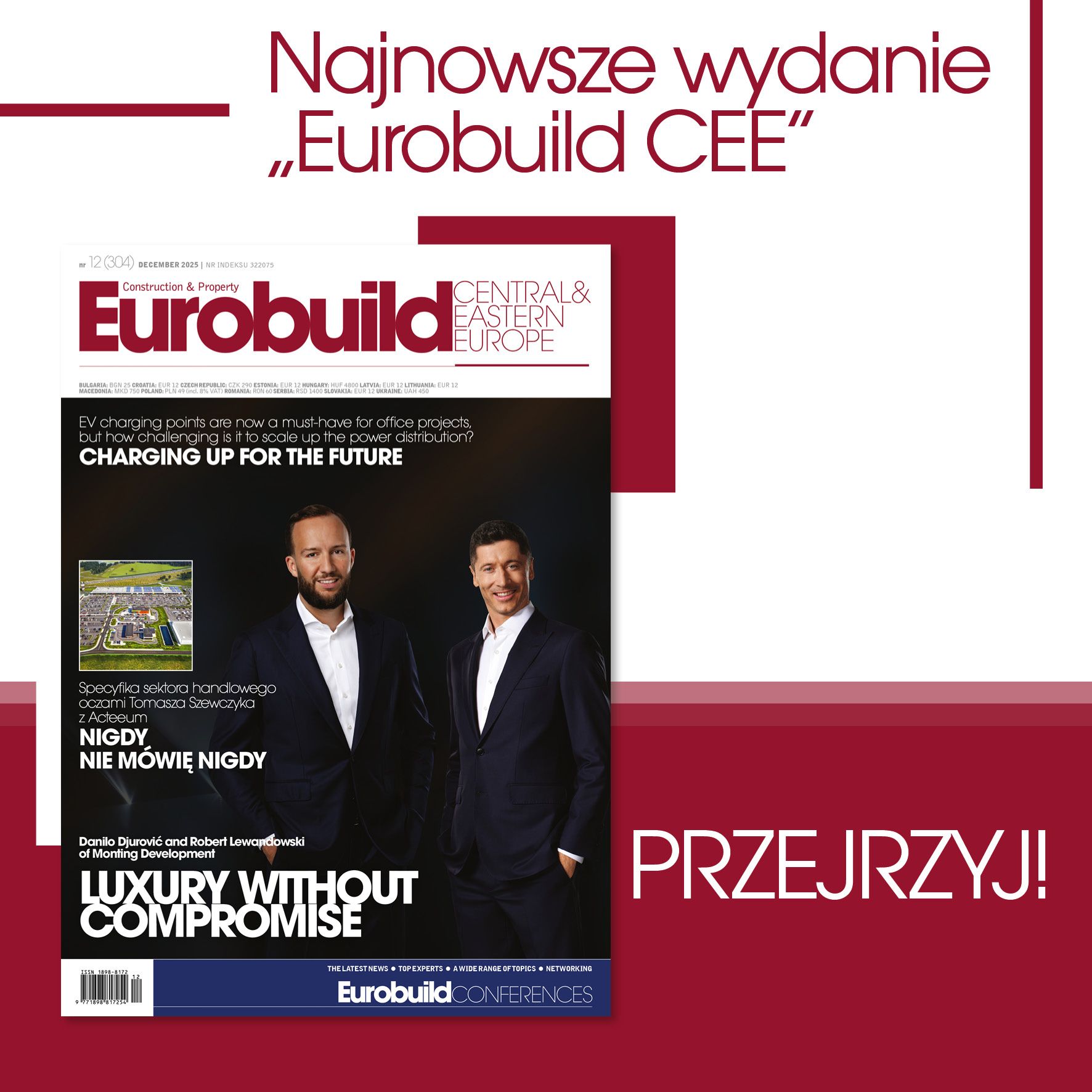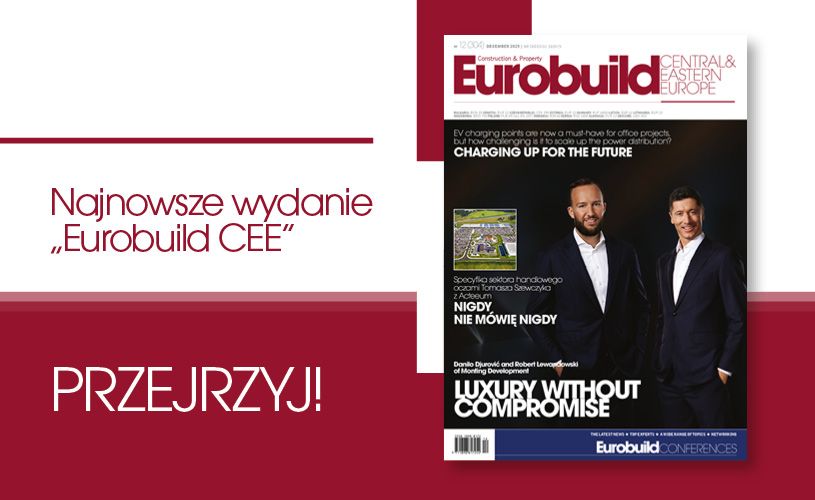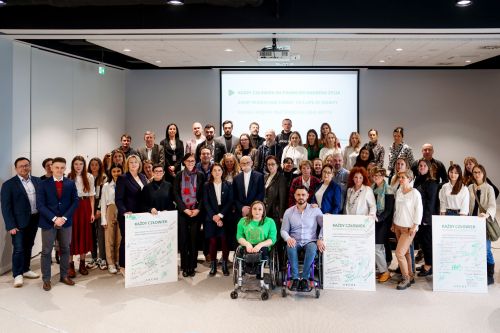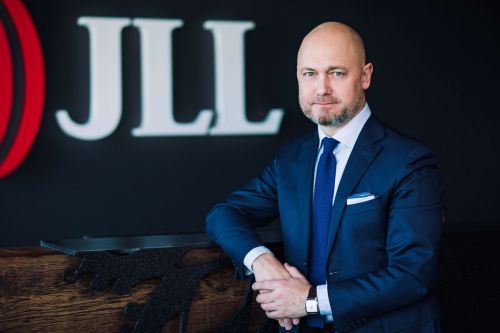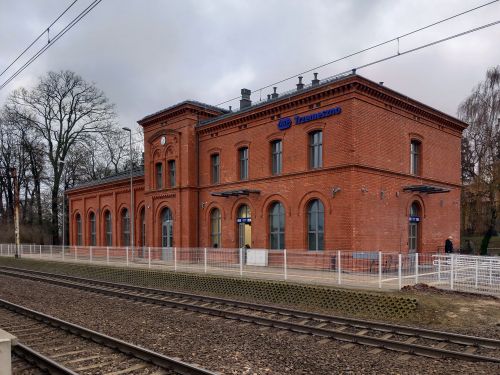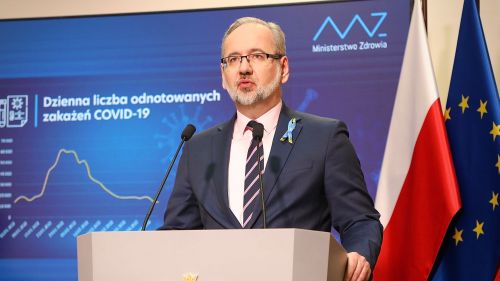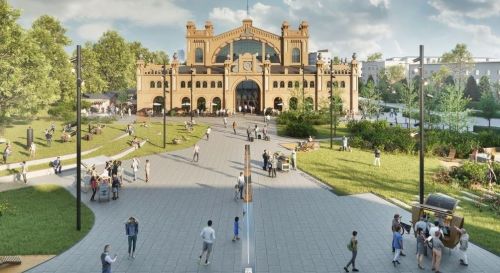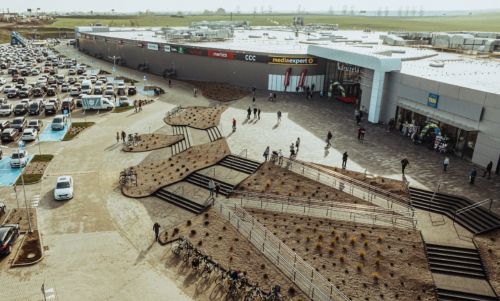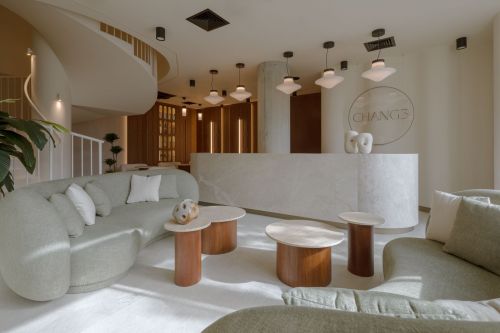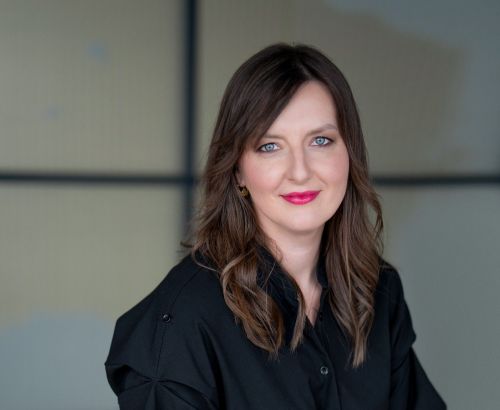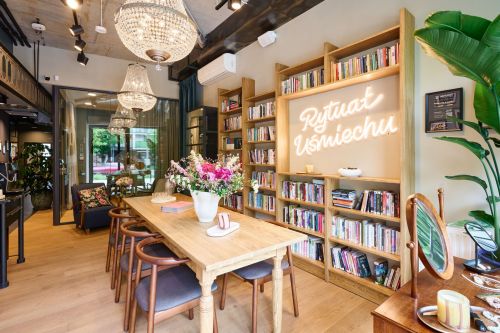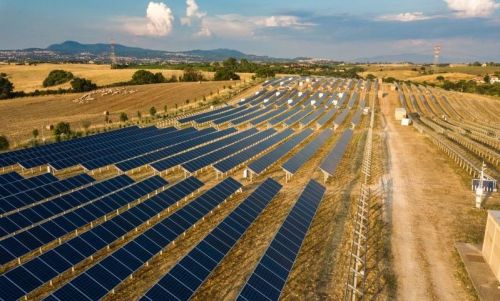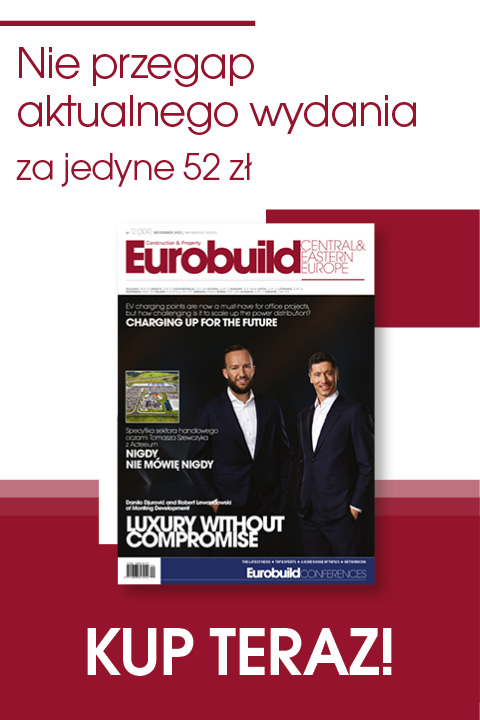Anna Pakulniewicz, ‘Eurobuild Central& Eastern Europe’: What is P3’s development strategy?
Blake Horsley, group development director, P3: P3 is a long-term investor, developing warehouse facilities in highly accessible and strategic logistics locations. We are in it for the ‘long haul’, which means that we have a very different approach to many of our developer-trader competitors. We have emphasis on providing customers with a building that has longevity – both in terms of its build quality, but also its flexibility to deal with business changes over time – as well as providing first-class customer service throughout the lifetime of a building. This has been a highly successful strategy for us, as evidenced by the fact that 75 pct of our customers have renewed their leases and 87 pct of our new build-to-suit projects are being developed for existing clients.
And what are your European expansion plans?
P3’s European portfo
